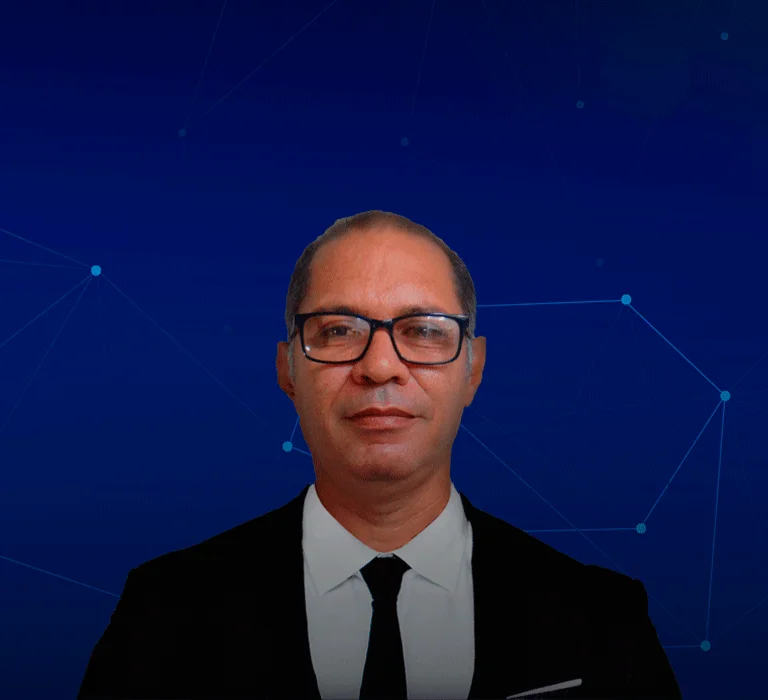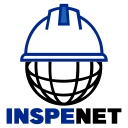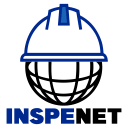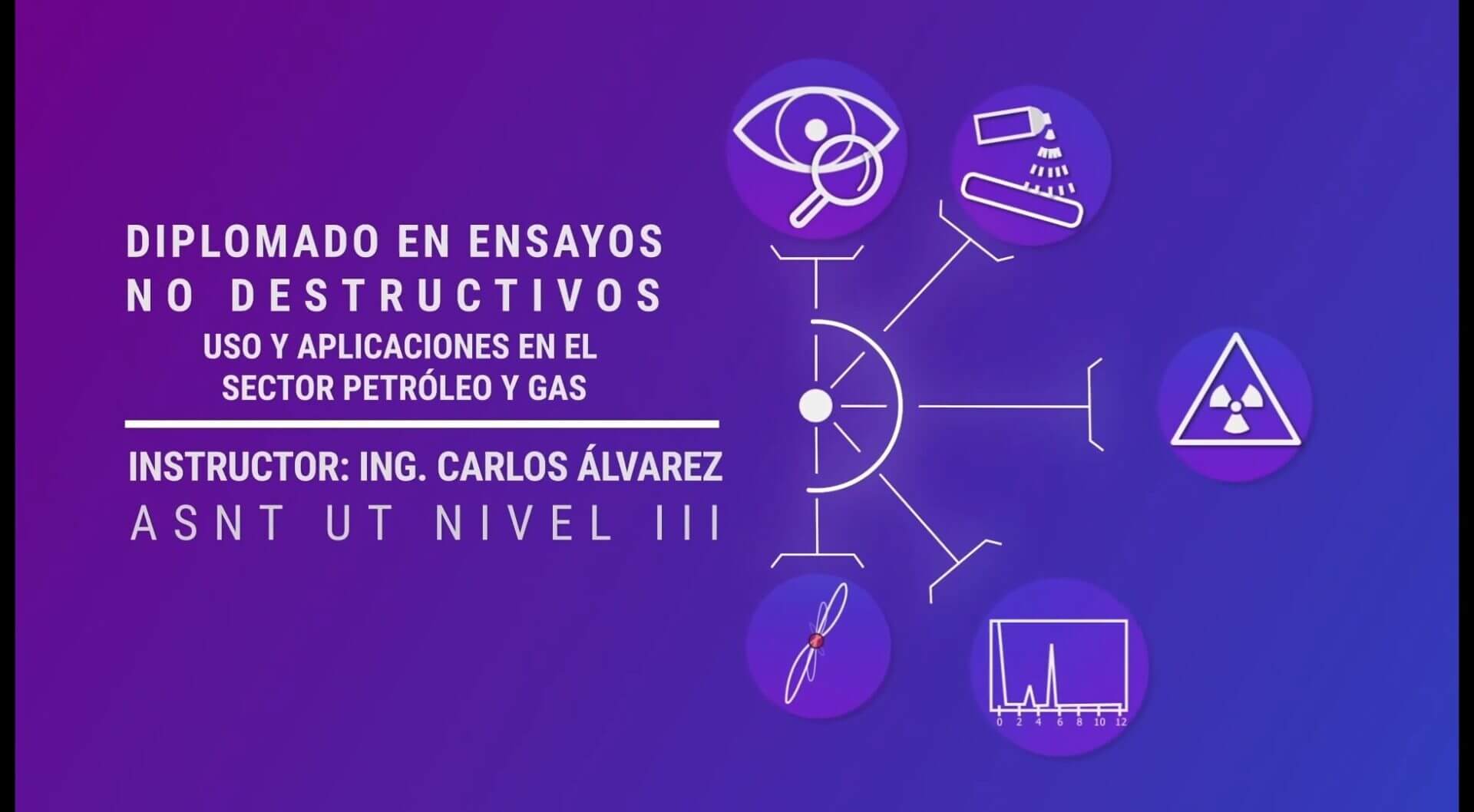ESSAYS
NON-DESTRUCTIVE
Uses and applications in the Oil & Gas sector
WHAT WILL YOU ACHIEVE WITH THIS DIPLOMA?

Skills and knowledge of the main NDT methods in a single diploma course.

Ability to make a decision on the relevant NDT method.

Positioning and technical credibility in the sector.

Certificate endorsed by renowned institutions.
BACKED BY


WHAT WILL YOU ACHIEVE WITH THIS DIPLOMA?
This course includes theoretical and practical aspects, case studies and the provision of methodological resources to comprehensively understand the use of non-destructive testing methods and their application in the industrial field.
SKILLS YOU WILL GAIN:
Management of specifications for the qualification and certification of NDT personnel.
Selection of the best NDT method according to the scenario and circumstances.
Choice of the appropriate technique within the NDT method and the scenario presented.
Orientation towards new technological trends applied in NDT.
Identification and application of codes and standards associated with NDT.
WHO IS IT DIRECTED TO?
People interested in getting started in the world of inspection.
Static equipment inspectors.
Engineering professionals.
Supervisors in the area of mechanical integrity and maintenance.
Quality auditors.
Contracting personnel and contract administrators.
Executive personnel of oil and gas corporations.
Corporations that require training of their inspectors and specialists.

BENEFITS OF THE DIPLOMA

Improvements in economic income.

Positioning and professional competitiveness in the sector.

Technical credibility.
WHAT DO YOU NEED?

A PC, laptop, tablet or smartphone.

Internet access.
YOUR OPPORTUNITY TO GROW PROFESSIONALLY WHERE AND WHEN YOU WANT IT
CURRICULAR STRUCTURE
-
Unit I: General Non Destructive Testing (NDT).
-
Unit II: General application process, main NDT methods and their selection.
-
Unit III: Specifications for the qualification and certification of non-destructive testing personnel.
-
Unit IV: Introduction to codes and standards used in the oil and gas sector.
-
Unit I: Introduction to manufacturing processes.
-
Unit II: Inherent discontinuities.
-
Unit III: Process discontinuities.
-
Unit IV: Service Discontinuities.
-
Unit I: Principle and definitions of the Visual Test (VT) method
-
Unit II: Equipment, scope and applications of the Visual Inspection.
-
Unit III: Principle and definitions of the Penetrating Liquids (PT) test method.
-
Unit IV: Classification, scope and applications of the Penetrating Liquids (PT) test.
-
Unit I: Principle of the Magnetic Particles test method and definitions.
-
Unit II: Application, scope and requirements of the Magnetic Particles (MT) test method.
-
Unit III: Principle and applications of the eddy current test method (ECT).
-
Unit IV: Application, scope and new technologies of the eddy current test method (ECT).
-
Unit I: Principle of the Ultrasound test method.
-
Unit II: Effects of acoustic interfaces and ultrasound generation.
-
Unit III: The transducer and the ultrasonic beam.
-
Unit IV: Ultrasound Equipment and test application.
-
Unit I: Principle of the X-ray test method.
-
Unit II: Equipment and materials for radiographic testing.
-
Unit III: Image formation and application of the Radiographic test method (RT).
-
Unit IV: Introduction to radiation safety.
MEET YOUR INSTRUCTOR

FACILITATOR
ENG. CARLOS ÁLVAREZ
MECHANICAL ENGINEER. ASNT UT LEVEL III CERTIFICATE
Mechanical Engineer (1994), with extensive training in the area of inspection and mechanical integrity, being Certified Level III by the American Society for Non-Destructive Testing (ASNT), in the Ultrasonic testing method.
He has worked in the Oil and Gas area, beginning as an Inspector of static equipment at the Paraguaná Refining Center (CRP), belonging to the state-owned oil company Petróleos de Venezuela (PDVSA) and later as an inspector in non-destructive tests, attending to works of maintenance in the same subsidiary for various major projects, highlighting: Adaptation Project of the Cardón Refinery (PARC), Expansion Project of Hydrodesulfurizers 3 and 4 of the Amuay refinery, SINCOR Project, among others. Similarly, he has developed a long professional career as a consultant in Non-Destructive Testing at the Latin American level in the oil and gas, construction, coal mining and shipbuilding sectors in Panama, Colombia, Aruba and Trinidad and Tobago.
He has extensive experience as a teacher in subjects in the area of mechanical engineering, with an emphasis on inspection and mechanical integrity. Likewise, it has conducted a significant number of training sessions, especially for the Education and Training Center (CEF), an institution dependent on PDVSA, developing level I and II courses in the Ultrasound testing method and as part of the process for qualification and certification. of personnel in Non-Destructive Testing of PDVSA, Radiological Protection, and Thermal Treatments according to the AWS D10.10 standard.
RECEIVE INFORMATION, PRICES AND SCHOLARSHIPS!
By submitting your information,
one of our academic advisors will contact you





